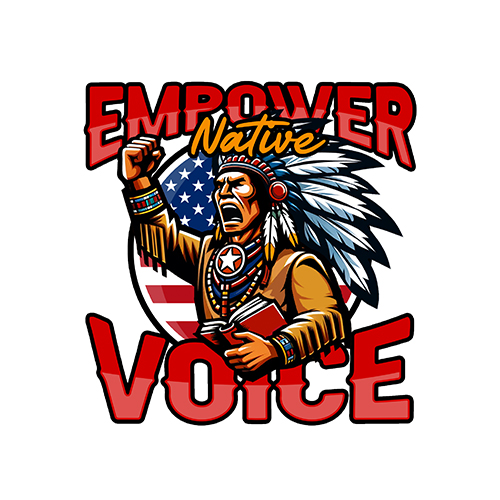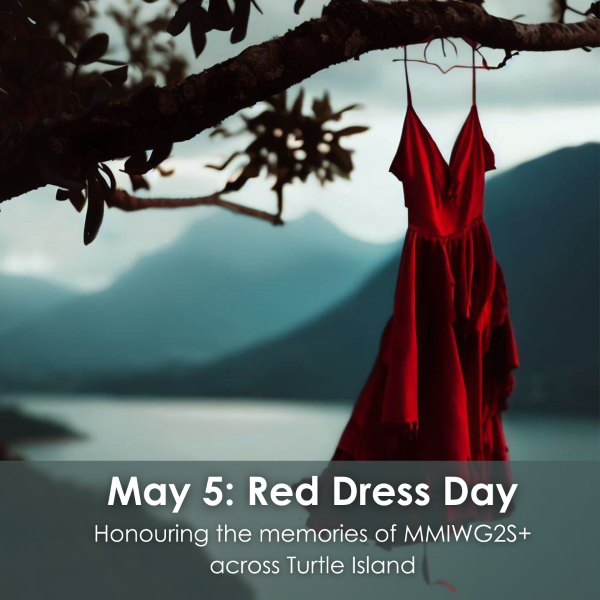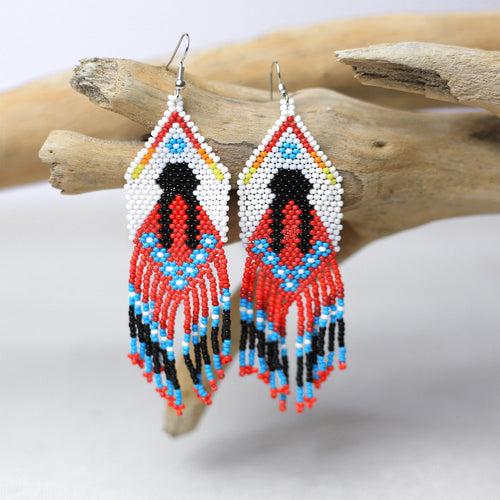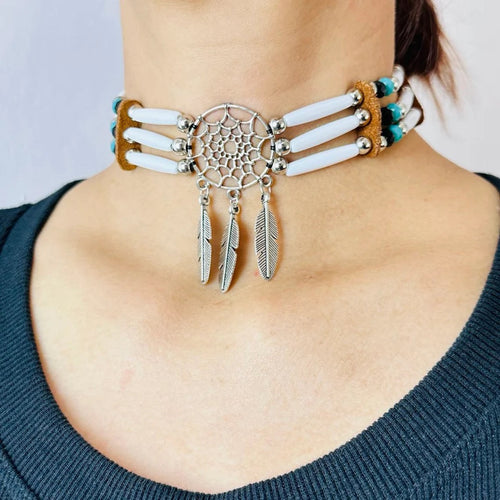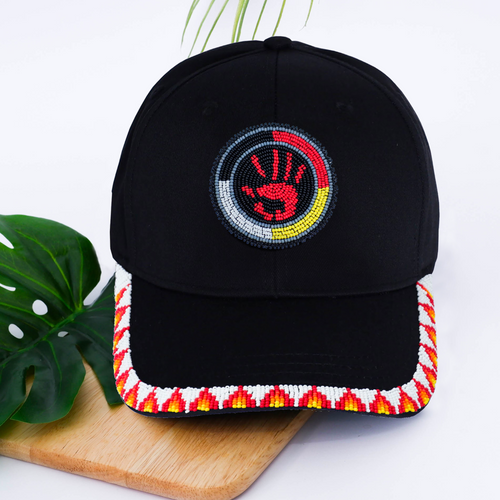What Was the Trail of Tears?
The Trail of Tears remains one of the darkest chapters in U.S. history. Between 1838 and 1839, more than 17,000 Cherokee men, women, and children were forced by federal and state authorities to leave their ancestral homelands east of the Mississippi River.
Families were rounded up without warning. Homes were burned. Belongings were seized. With little more than what they carried, the Cherokee began a 1,300-kilometer (800-mile) march through forests, across rivers, and into harsh winter storms.
Thousands perished from hunger, disease, and exhaustion. Some were driven to eating bark just to survive. Children, elders, and the sick were among the countless lives lost.
The Cherokee were not alone. Other Native nations - the Choctaw, Seminole, Creek, and Chickasaw - also endured forced removal in earlier years. Altogether, around 70,000 Native Americans were displaced during this era of expansion. "The Cherokee homeland before its reduction"
"The Cherokee homeland before its reduction"
Beyond Tragedy: The Cherokee Rebuild
Despite unimaginable loss, the Cherokee Nation rebuilt. Under the leadership of Chief John Ross, they established schools, businesses, and even newspapers written in their own language.
Their strength proved unbreakable - what was taken from them could never erase identity or culture.
In 1987, the U.S. government recognized the Trail of Tears as a National Historic Trail, preserving the memory of those who suffered. And in 2009, an official government apology was issued - a symbolic but overdue act of recognition. "Map of the Native American relocation route from the East Coast to the west of the Mississippi River"
"Map of the Native American relocation route from the East Coast to the west of the Mississippi River"
Why the Trail of Tears Still Matters
The Trail of Tears is more than a historical event - it is a reminder of resilience and survival against injustice. It calls us to reflect, to learn, and to honor Indigenous voices that continue to shape America today.
By remembering, we ensure that the silent echoes of this journey are never forgotten. "Monument in memory of those who died on the Trail of Tears"
"Monument in memory of those who died on the Trail of Tears"
Honoring the Story Through Action
To keep this story alive, we created the Native Land, Native Voice Collection. Each product in this collection is more than just apparel - it is a symbol of resilience and remembrance.
💡 A portion of every purchase is donated to Indigenous-led organizations, meaning your choice not only connects you to history but also supports Native communities today.
When you wear these pieces, you’re not just carrying a design - you’re carrying a story.
👉 Explore the Collection Here and join us in honoring resilience, memory, and Native voices.
